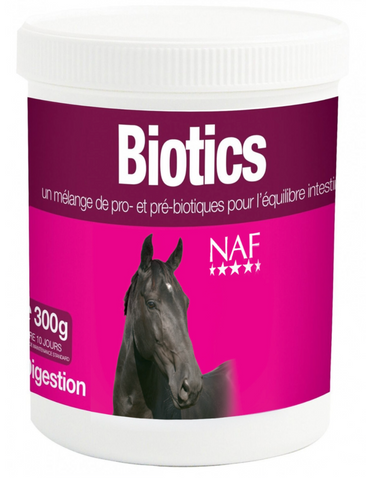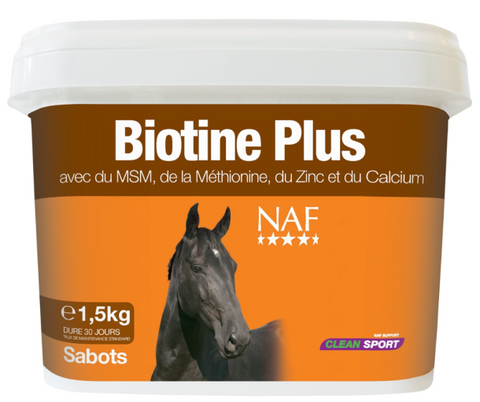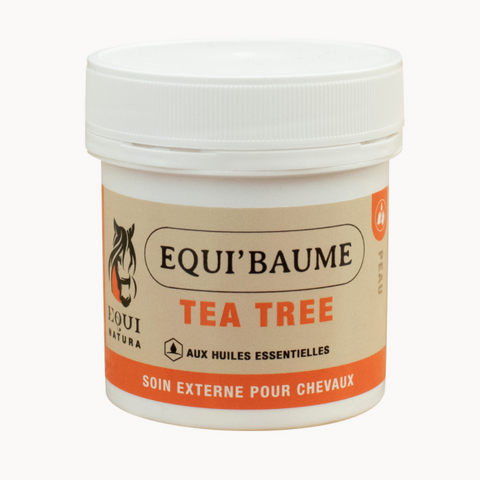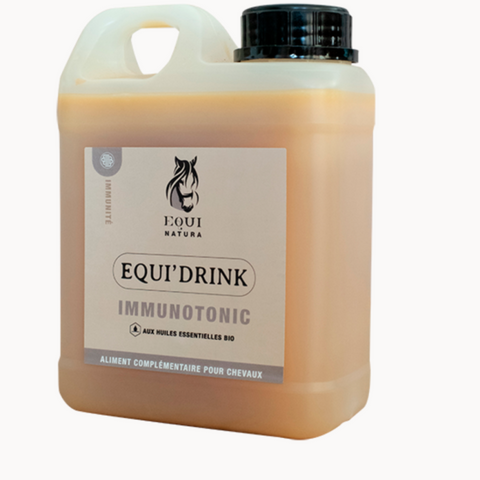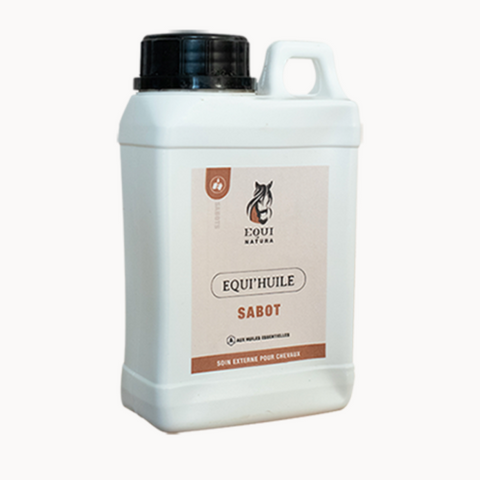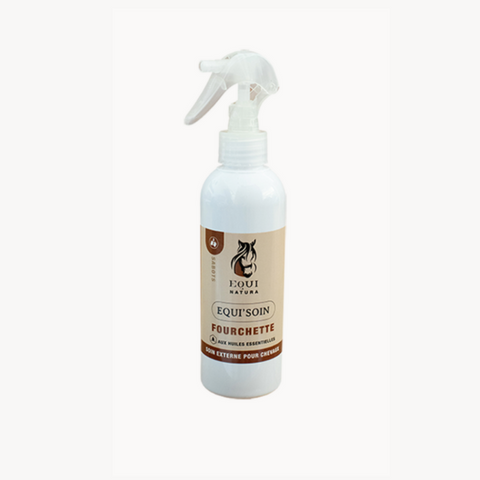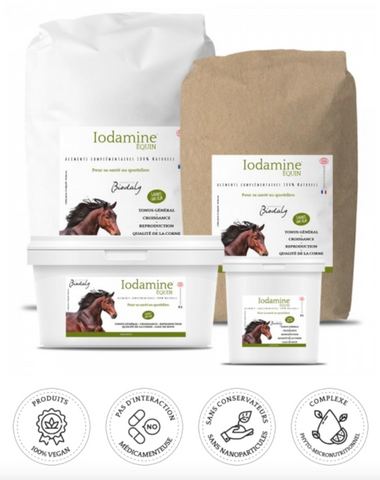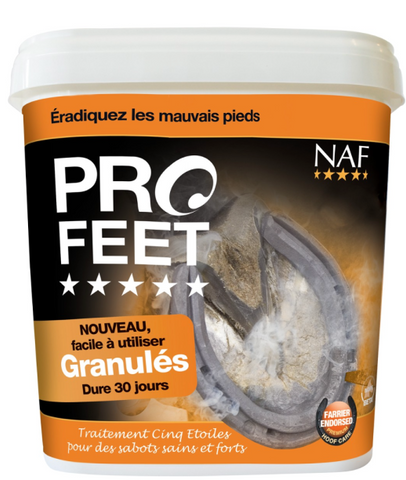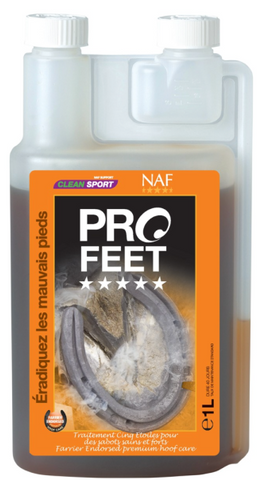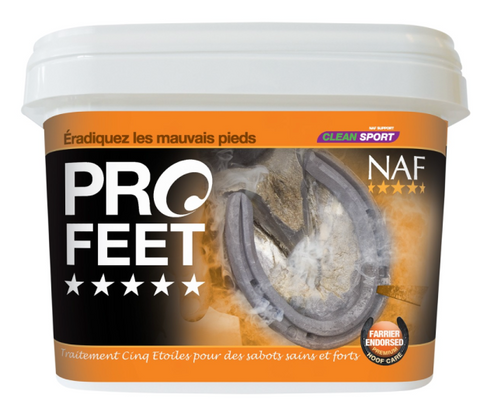Hoof disorders
Fork rot.
This is a very common condition, especially in winter, when horses live in boxes.
The droppings and urine soften the horn of the frog, which will crack and become infected (by anaerobic bacteria = in the absence of oxygen).
The fork is then oozing, soft and deformed, a dirty and foul-smelling liquid escapes in the most serious cases. The horse's gaits are affected, the animal is reluctant to move or limps, the limbs are engorged. The condition is caused by poor hoof maintenance, dirty and damp litter, an accumulation of impurities in the lateral gaps, or a lack of exercise. Indeed, a lack of movement slows down blood circulation. On the other hand, walking exerts pressure on the hoof with each step which allows dirt to be evacuated. All this is lacking in the horse that lives in a box.
Horses with tight hooves and deep gaps are more quickly exposed.
The condition is treatable provided you respect the following “rules”:
*the horse must have dry and clean bedding;
*you must clean and cure your feet daily;
*you must take the horse out as much as possible;
*the marshal must remove the affected horn;
*clogs must be cleaned with a disinfectant such as Equi'soin Fourchette ;
*if you want to use a tar (from Norway) do it after trimming the marshal. The tar closes the gaps and if bacteria remains, we create an ideal climate for them to continue to develop.
Foot abscess :
An abscess can form following an injury (penetration of a foreign body) or under the action of toxic materials carried by the blood.
There is a greater frequency of foot abscesses in stables where the bedding is other than straw, for example hemp, linen, wood shavings, etc. Especially when the litter is wet, it sticks to the sole and enters the white line causing infection.
The abscess forms, pus flows either at the level of the sole or at the level of the crown. The best attitude will be to ask the veterinarian to locate the abscess and drain it. Relief is immediate when a large amount of pus is drained. Complete elimination of pus is not always easy to achieve.
Several treatment techniques exist, however, one of them is the following; This involves wrapping the foot for two or three days in a mixture of wet bran and Organic Tea Tree Essential Oil. The mixture should be changed every day and the hoof regularly cleaned with a product such as Equi'soin Fourchette .
Sometimes it can be useful to ask the farrier to apply a special shoe equipped with a plate, which gives the possibility of protecting the sole and keeping the medicinal solution in the open abscess.
You can also support treatments with products such as Profeet***** liquid , Profeet***** powder , Profeet***** granules , Equi'drink Drainage and Biotics or Equi'drink Immunotonic .
Crown lesions:
These lesions are not always serious, but the risks of infection are significant and the consequences can be serious. Equi'baume Tea Tree gives good results on this type of lesion. If in doubt, consult a veterinarian.
Conditions such as blemishes, anthills, weeds, street nails, white line disease etc. are always the responsibility of the veterinarian, often in cooperation with the farrier.
Depending on your needs, you can use products such as Profeet***** liquid, Profeet***** powder , Profeet***** granules , Equi'drink Drainage and Biotics or Equi'drink Immunotonic.

